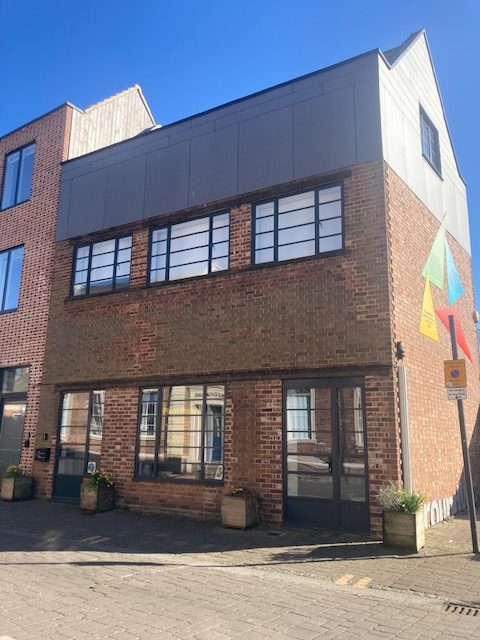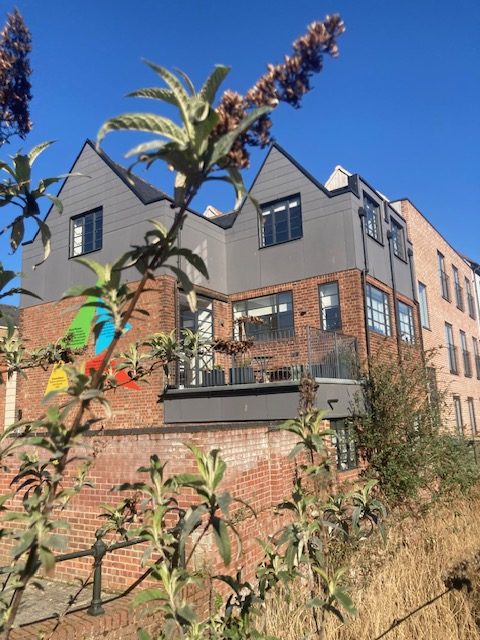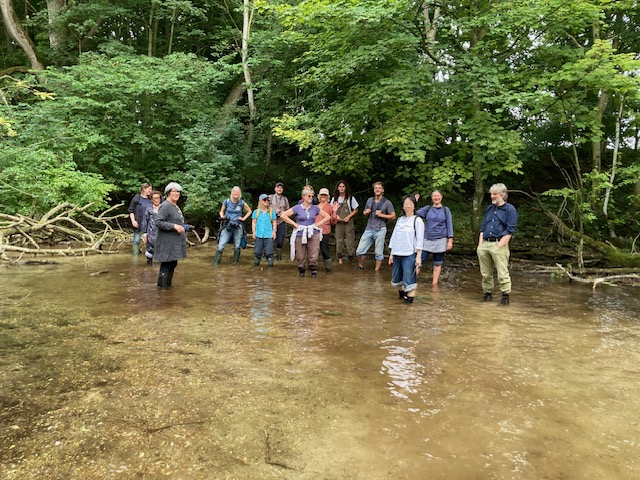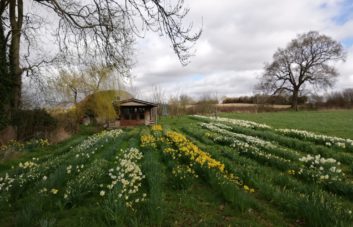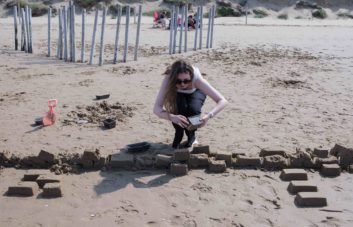By Veronica Sekules, October 2025
Speaking to one of my GroundWork NetWork Associates, Jack Heslop, on a late October night about how to develop – define – an approach for GroundWork’s tenth year in 2026, I expressed concern that I really ought to be summarising the effect and influence of the gallery. What has changed as a result of our approach and work? What have we changed…..? How can we demonstrate a concrete effect on the environment through art?
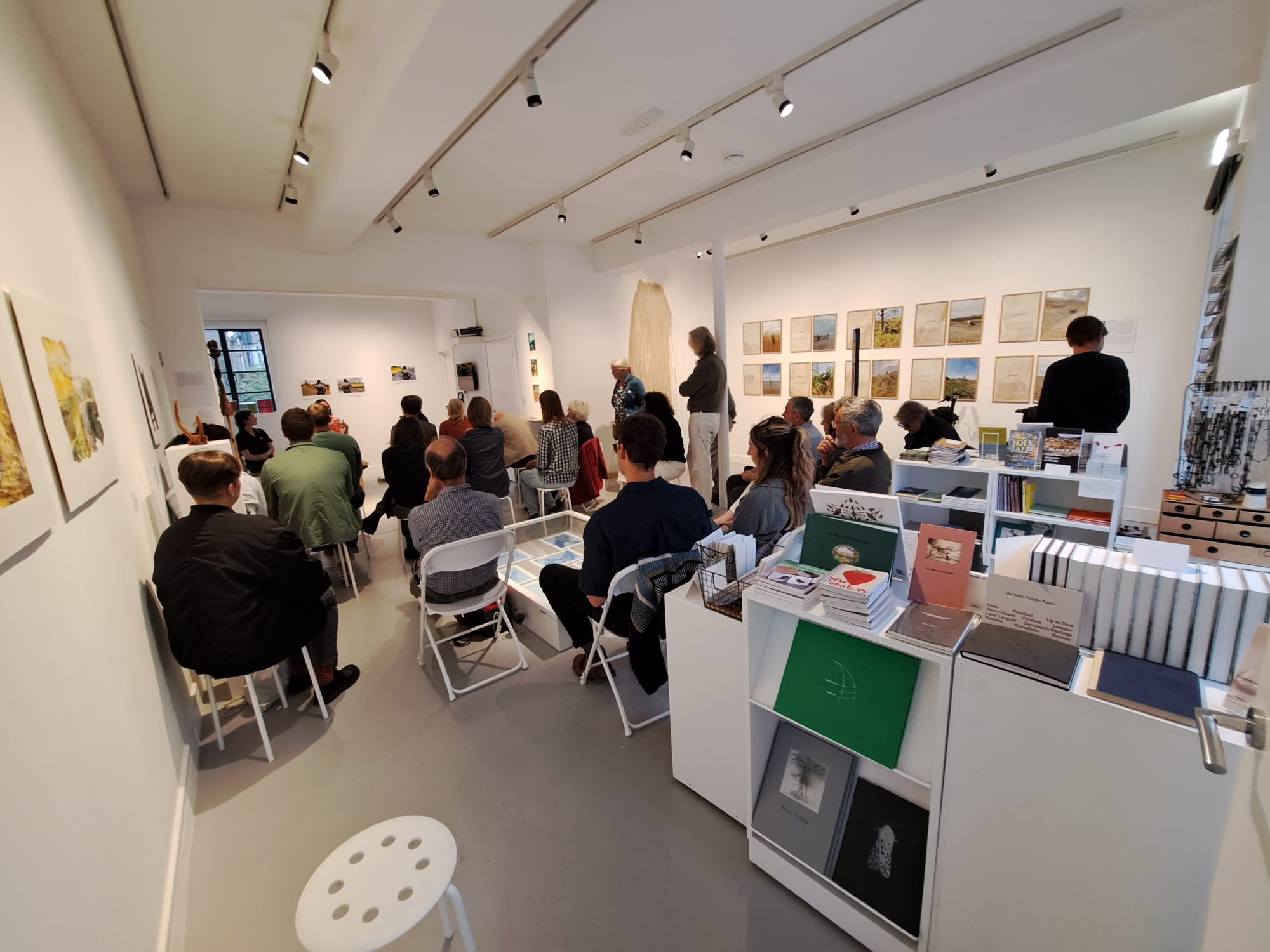
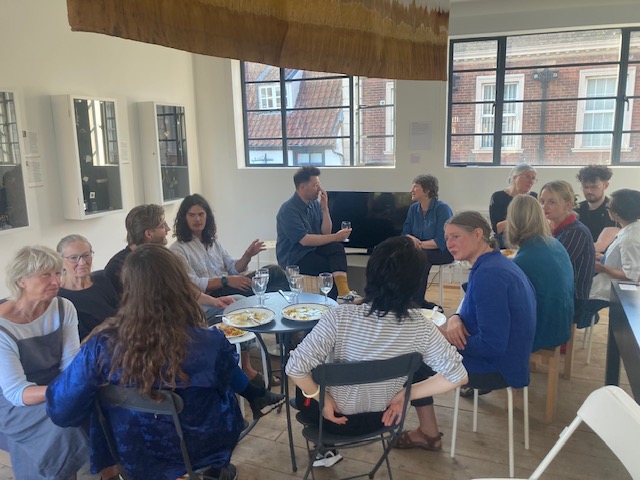
He responded by saying that so much has changed as a result of the gallery’s presence, not least in its immediate locality in King’s Lynn, where it stands as a visible beacon for care for the environment. Where it promotes the causes for art and environment and has developed partnerships with organisations, politicians, individuals. But also it has brought together a wide network, been open to cultural and environmental diversity and justice, highlighted creativity, opened up many and varied conversations. According to him, the job is not to show achievement in the conventional sense of things done, goals reached, but to highlight its continuing and developing role.
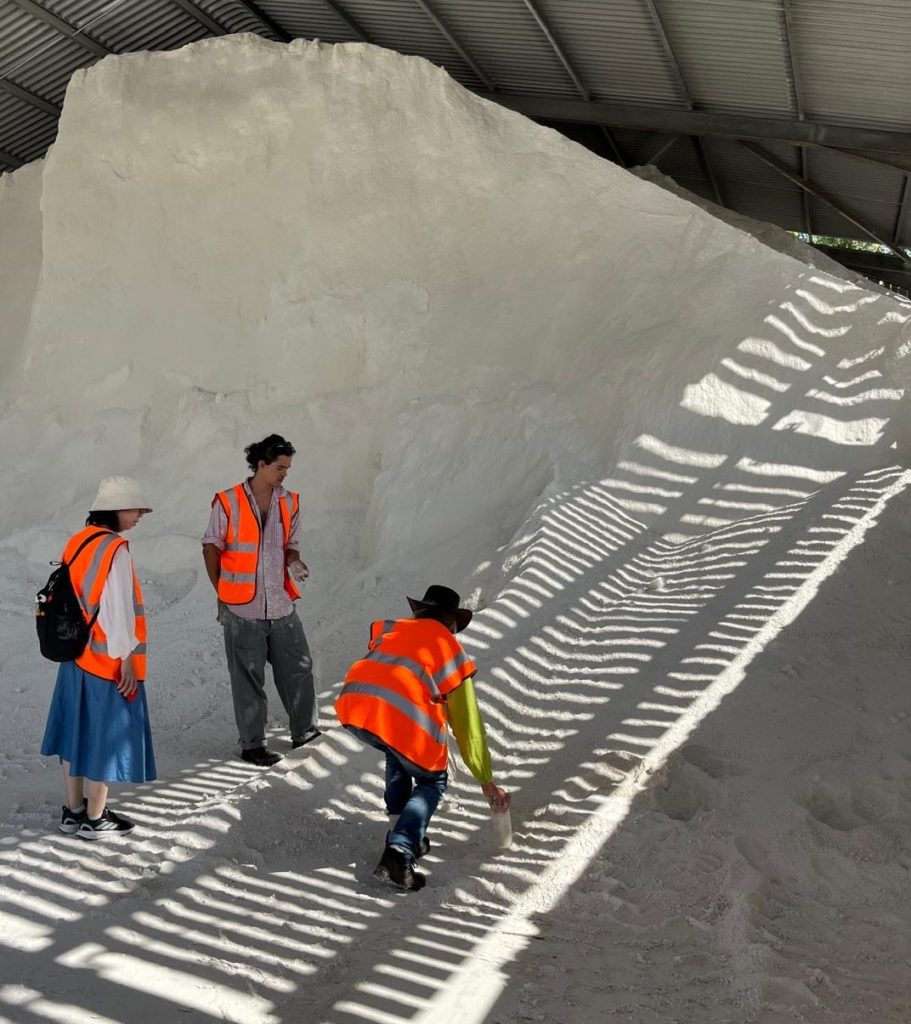
Constantly in a state of becoming
Another of my mentors in thinking about environment and the climate emergency, Tom Burke, always says “there is no finishing line” – meaning that you never do reach any clear goal. Jack echoed this by quoting Bob Dylan:
‘An artist has got to be careful never really to arrive at a place where he thinks he’s at somewhere. You always have to realize that you’re constantly in a state of becoming. As long as you can stay in that realm, you’ll sort of be alright.”
Bob Dylan interview, 2005
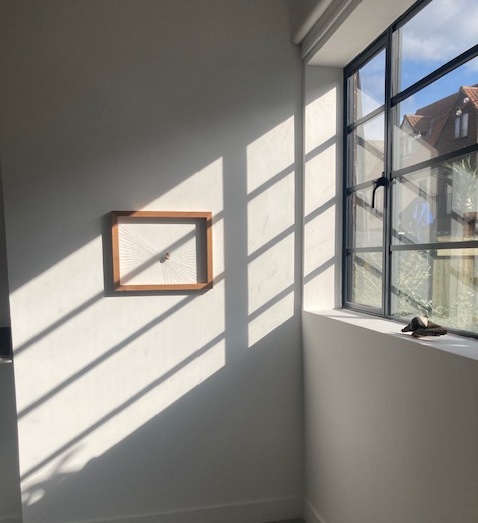
An evolving shape of things
It has set me thinking a lot about how this applies not only to the artist, but to the world the artist inhabits and over which the artist has influence. I place GroundWork Gallery in that realm also, as itself an artist. It isn’t an institution – for me it is a resource for bringing creative people – makers and viewers/ listeners/ audience alike, together to think and to plan and to dream. In that sense it is a kind of artist-envelope, having to be fleet of foot and responsive to the impulses it stands for.
Which is all about art and environment of course. In that field, we have to keep making, keep developing new ideas, continue to find new ways to present the works of our fellow artists. There never is the last word, nor is there ever a definitive statement, but a constantly evolving shape of things.
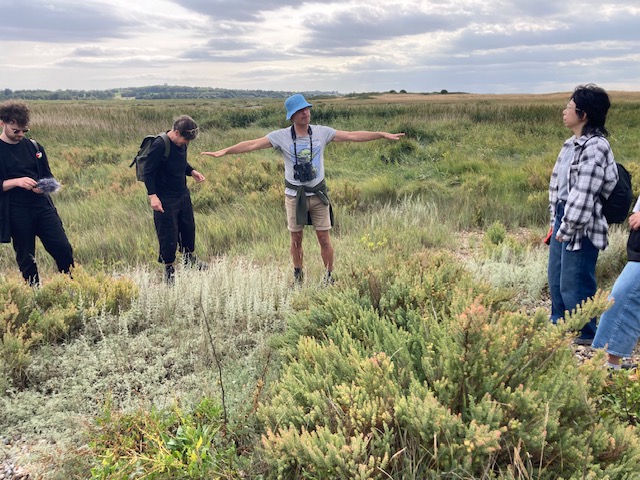
Fluid Earth
Each exhibition by each group of artists reorders the way we can think. Each work may be powerful by itself, but its proximity to another becomes an increasingly complex and interesting conversation. For the most recent residency Fluid Earth, we began with a week of intense research in the local environment, together with a number of guides, partners, experts in different fields of knowledge. Each one of the sixteen artists involved began in a position of unknowing, growing to one of familiarity, eventually drawing from their own deep experience to make a personal response to those stimuli. Having initially been confused, their skill in making, brought a flash of clarity as they interpreted their new experiences. What we witnessed together was a state of becoming. And indeed as the works were brought together to populate the walls and floors of the gallery, it has become increasingly clear what we have done. Our Fluid Earth conference in November will discuss this and there, no doubt, the state of becoming will continue as we converse with a wider group of people. From that day we may become more insightful, more thoughtful, or we might just move on. For a day, we will operate as ‘we’ – a collective – , after which we will revert to a ‘they’, ‘he’, ‘she’, ‘me’, each one of us, hopefully, having deepened our state of becoming.
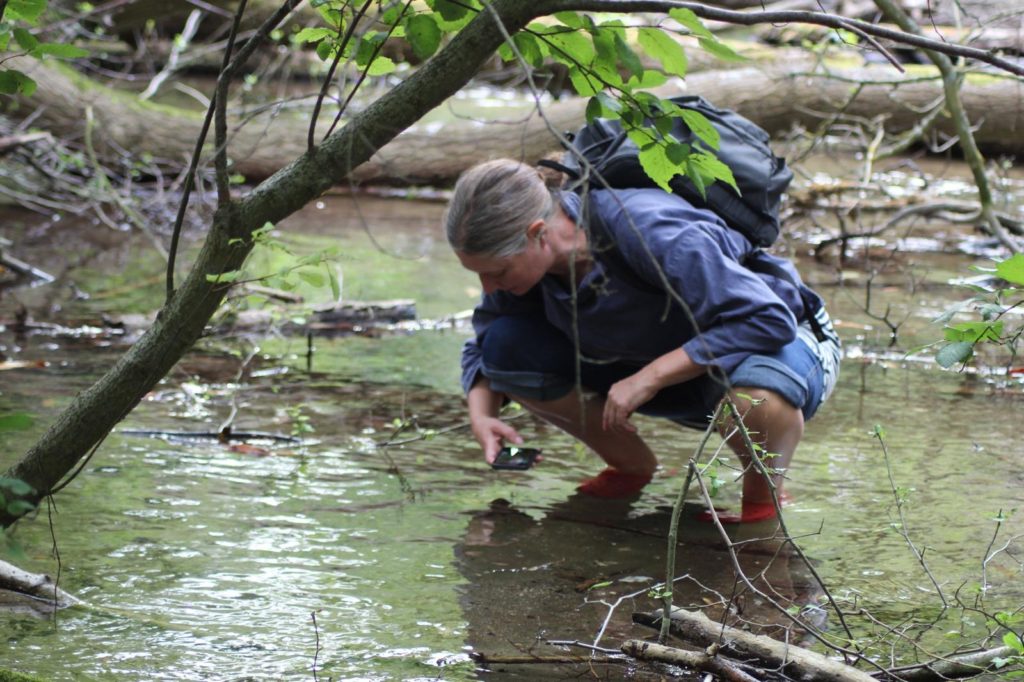
The environment in a state of becoming
This is still something I am thinking through, but of course at the root of our work as artists, both as individuals and through a wider artists network, is to think more deeply about the environment. We all are very aware that we are faced in the world with multiple crises – nature depletions, extinctions, pollutions. Climate chaos brings unpredictable weather, with flooding, fires, droughts, gales. Political instability furthers both greed and want. Greed for power brings violence, turbulence and wars. The earth is fluid in multiple senses, many of them dramatically unhappy. But the constant question being posed by so many is how can the forces of good overcome the bad? Can the arts as a whole help to create a cultural force for positive growth, enabling creativity to triumph over destruction? While I continue to hope that they can, it not only feels increasingly like a faint hope for an unrealistic utopia, but the wrong emphasis. Though it can reflect conflict and loss, art is not a good tool for fighting with, but it is a brilliant companion to the spirit, for thought and insight about an environment in a state of flux .
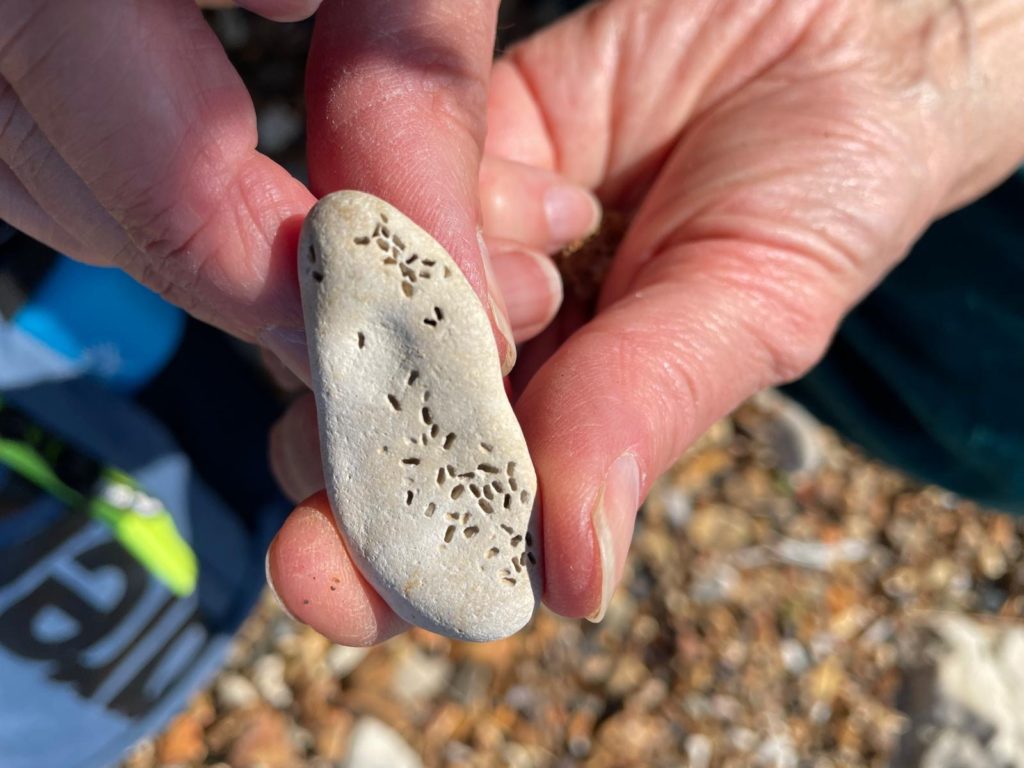
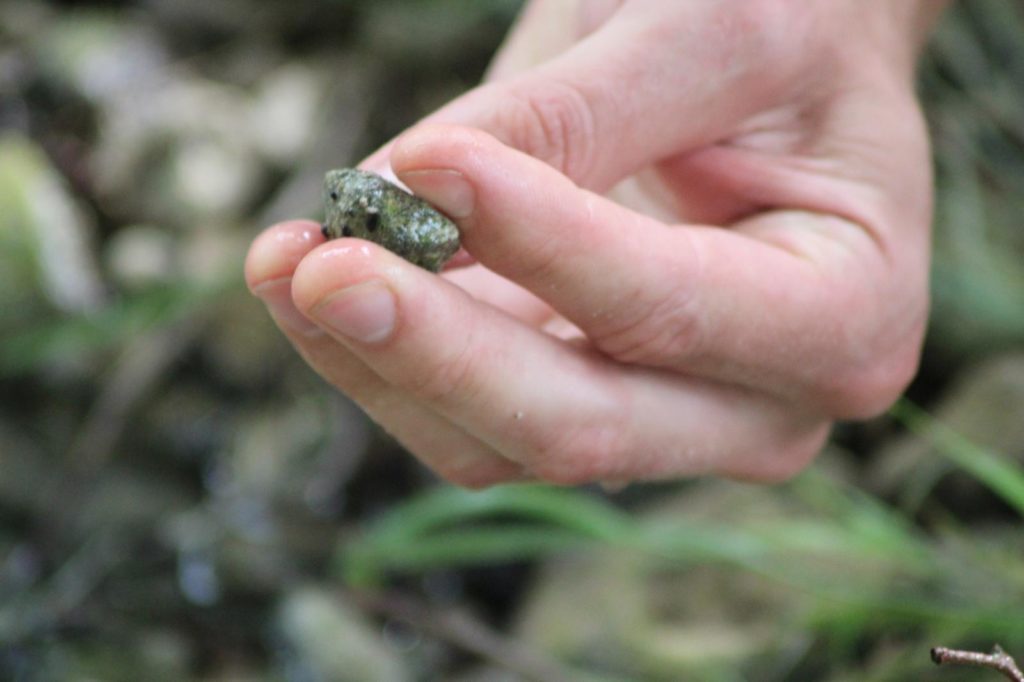
Holding stones, 2025
The long history of art and environment
I am thinking increasingly, and will write more, about the long history of art and environment. Suffice for now, to say that art has always evolved in tune with the environment. It has always been in a state of becoming, just as the environment is. Art creates a culture of comment, questioning, responding, reflecting, vigilance. Leaving aside its commercial exploitation, (a whole other issue and not a positive one in my view) the ability to startle, to create spectacle, to arrest the senses, to affect mood, to provoke thought and imagination, continue to be its greatest set of powers. How can these be used to connect with a greater sense of environmental responsibility both politically and by the masses of people? Well, that begins with the whole process of encouraging people to be part of a growing movement for looking and listening, moving towards positive activism, and that is also in a state of continual becoming. And that, a state of becoming, is the underlying subject of much of the GroundWork Gallery programme for 2026, its tenth year.
© Veronica Sekules, October 2025
